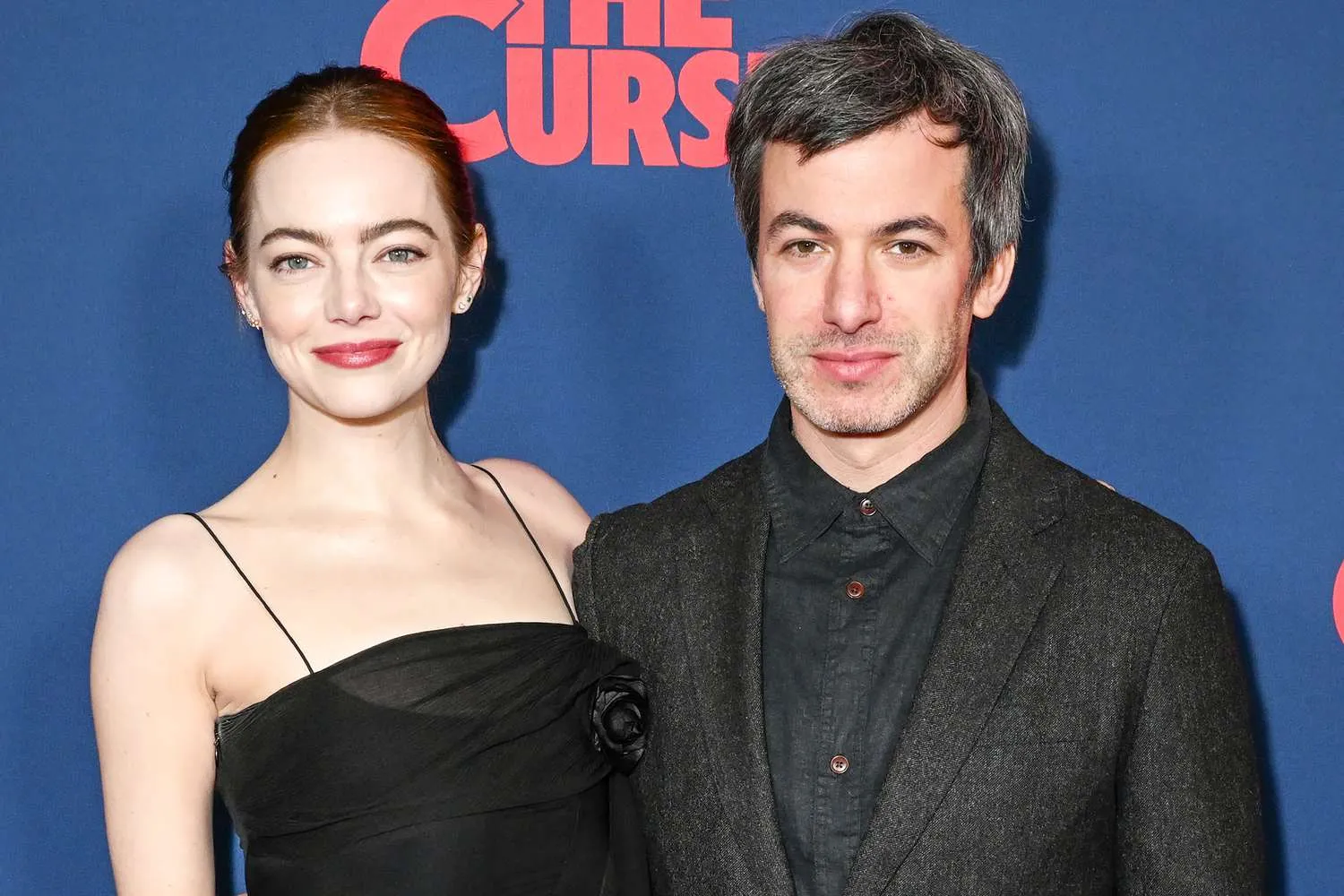Tia Mowry Opens Up About 90s Rejection: How It Still Haunts Her Today
In a powerful and deeply personal revelation, Tia Mowry has shared a painful chapter from her early career that continues to resonate with her decades later. The actress, best known for her role in the hit 90s sitcom “Sister, Sister,” recently opened up about a discriminatory experience that struck at the core of her self-worth and identity.
During an emotional interview with Entertainment Tonight, Mowry disclosed a shocking incident of racial rejection that occurred during the height of her television success. The popular teen magazine refused to feature her and her sister Tamera on their cover, citing a deeply troubling reason: they believed the sisters “would not sell” because of their race.
The rejection cut deep, leaving lasting emotional scars that Mowry continues to process today. “It was a moment that made me feel invisible,” she revealed, her voice laden with the pain of a young Black woman navigating an industry riddled with systemic racism. The incident became a pivotal moment in understanding the challenges faced by Black entertainers in the 1990s.
Despite the massive success of “Sister, Sister,” which made the Mowry twins household names, they were still subject to the harsh realities of racial discrimination. The magazine’s decision to reject them based solely on their skin color highlighted the pervasive barriers that existed in media representation.
Mowry’s reflection goes beyond personal hurt. She emphasized the critical importance of representation, particularly for young people of color. “Seeing images that reflect your own beauty is transformative,” she explained. This experience has fueled her commitment to ensuring her own children understand their inherent worth and beauty.
The actress candidly shared her journey of self-acceptance, particularly regarding her natural hair. Growing up with limited representation, Mowry struggled with insecurity about her appearance. “I didn’t see many people who looked like me in magazines or on television,” she recalled, highlighting the significant impact of media representation on self-image.
Key insights from Mowry’s revelation include:
- The direct impact of racial discrimination in media
- The importance of representation for young people
- The long-lasting emotional effects of childhood rejection
- The ongoing struggle for diversity in entertainment
Her story has sparked widespread discussion about the entertainment industry’s historical treatment of Black artists. Many fans and advocates have rallied around Mowry, praising her courage in sharing such a vulnerable experience.
While the specific magazine remains unnamed, the incident has become a powerful testament to the progress still needed in media representation. Mowry’s openness serves as a reminder of the ongoing journey towards inclusivity and true representation.
As the conversation continues, Tia Mowry stands as a beacon of resilience, transforming a painful memory into a powerful message of self-love and empowerment. Her story resonates far beyond her personal experience, challenging industries and individuals to recognize and dismantle systemic barriers.
Conclusion:
Tia Mowry’s revelation is more than just a personal story—it’s a critical commentary on representation, racism, and the importance of embracing one’s authentic self. Her courage in speaking out continues to inspire generations of young people to love themselves unapologetically.
Note: This article is based on recent interviews and public statements by Tia Mowry.






Leave a Comment